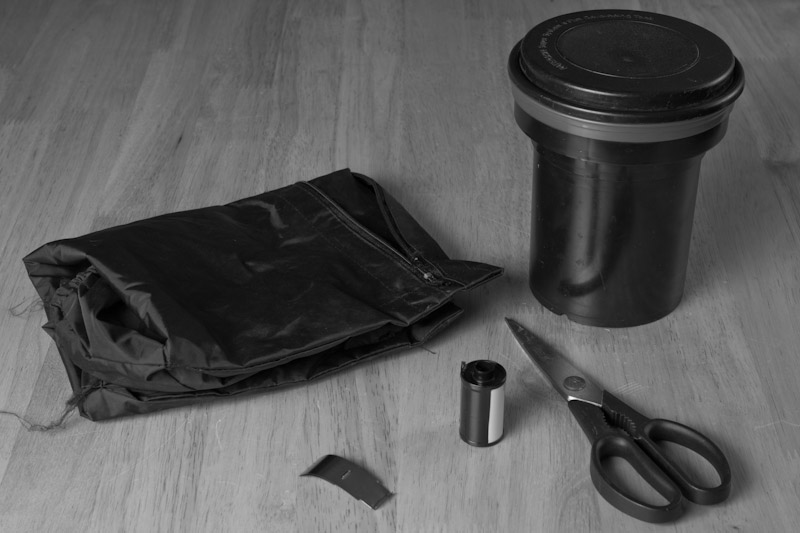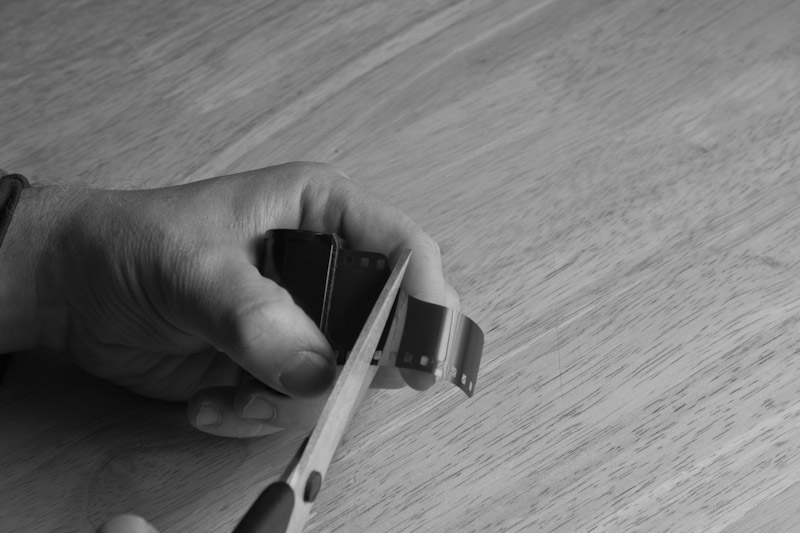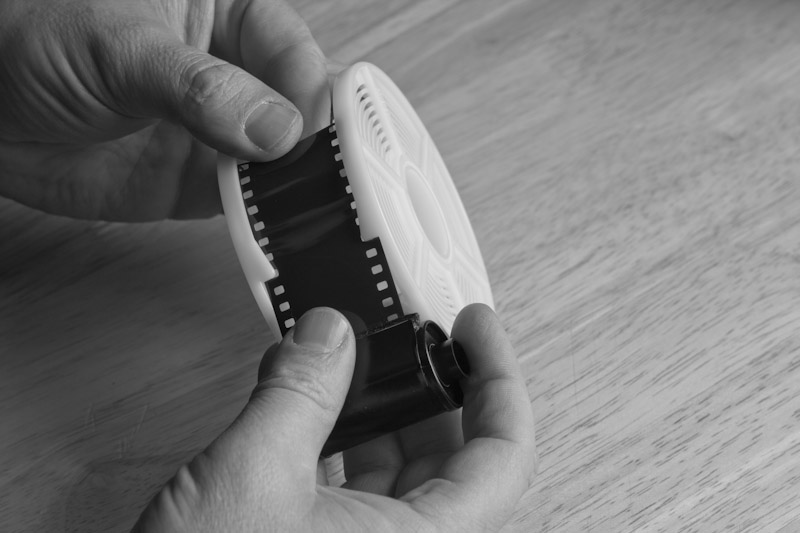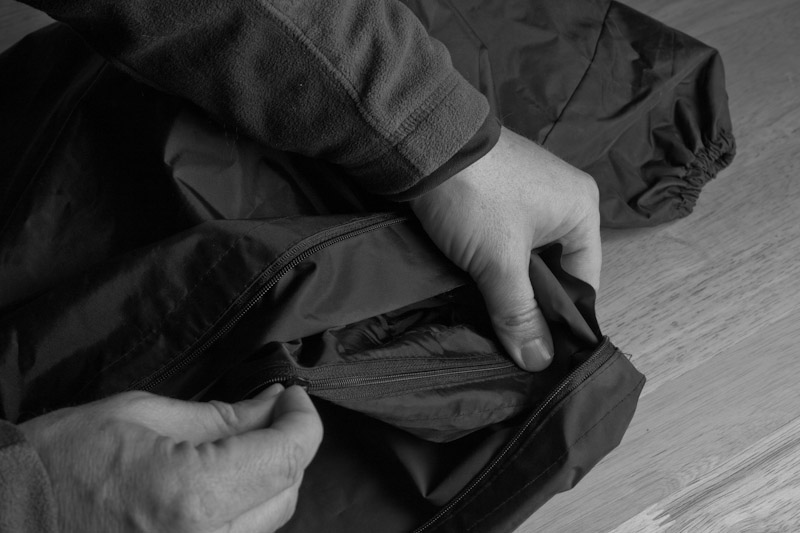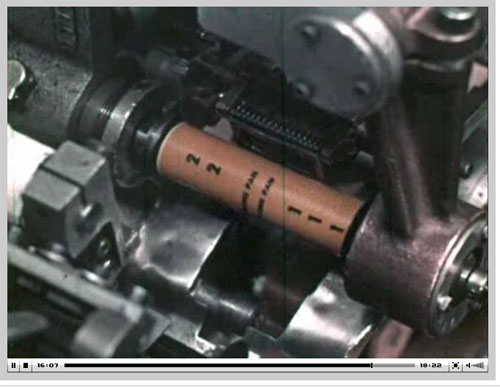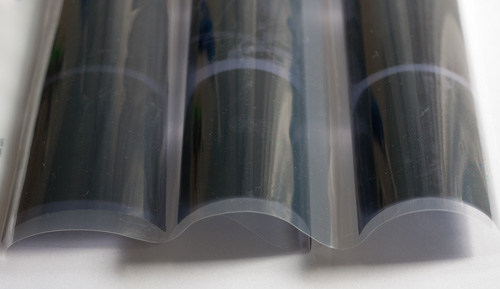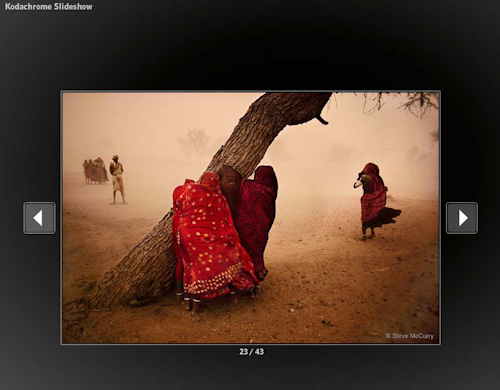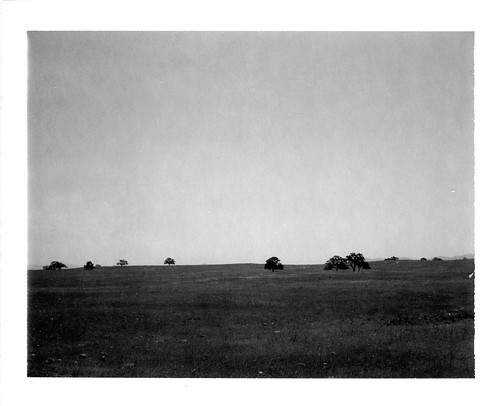This post is the last part in a 3 part series I am doing on developing film at home. Before reading this post, I recommend you first read the first two parts if you have not done so already.
Developing Film Part 1 – Loading The Tank
Developing Film Part 2 – Process Overview and Equipment
Process Overview
1. Preparation
2. Development
3. Wash
4. Dry
Other photographers may follow a slightly different process and with time you will develop a method that suits you.
One thing to note is that all of this is done in my kitchen in daylight. There is a misconception that you need a darkroom to develop film. Any place with running water will suffice.
Step 1 - Preparation
The first thing to get is to get all of your equipment and chemicals ready to use.
a) Mix any chemicals that need to be mixed or diluted. Since I use Kodak HC-110developer, I will first mix the concentrate with water in one of my graduated cylinders. For 35mm film I use 300ml of developer so for "dilution B", this means I mix 9ml of concentrate with 291ml of water.
I also lay out cylinders with stop bath and fixer. These chemicals are stored in pre-mixed form so no further preparation is required.
An important thing to note is that you will need to ensure the temperature of the chemicals and water are close to the recommended temperature. In most cases this is 20 degree C (68 degree F). With black and white film development the tolerances allow for you to be off a few degrees but it is good practice to aim for the right temperature.
In the winter, "room temperature" in my house is around 20 degrees C so there isn't anything special I need to do to maintain the correct temperature. However, during the summer the house is a bit warmer so I will put each of the cylinders in a water bath to keep them around 20 degrees.
b) Prepare the timer you will use to time each of the steps. I use the iPhone app Massive Dev Chart App but any clock will do.
Make sure you know the development, stop and fix times for the chemicals you are using. Stop and fix times will normally be written on the packaging and if you are not using an automated timer like the Massive Dev Chart app, you can find the developing times for your film/developer combination on the Massive Dev Chart website.
c) Of course you also need your developing tank with the unprocessed film already loaded.
Step 2 - Development
Once everything is in place, you are ready to start developing.
a) Pour the developer into the developing tank and start your timer. Put the top lid back on the tank.
b)Gentlyagitate the tank for 1 minute.
The reason for agitation is to ensure fresh developer is in contact with the film during the process. There are many different agitation techniques. One is to use a rod to rotate the reel in the tank but more common method is to invert the tank and bring it back right side up.
A key thing is to do this gently. You don't want to over-agitate the chemicals. I normally invert the tank and return it upright once every 5 seconds. Some people do it at twice this rate.
Note: here I agitate continuously for the first minute. Some people just agitate for a few seconds initially.
c) At the end of the first minute, gently tap the tank on the counter to dislodge any air bubbles from the sides of the film. Set the tank down on the counter.
d) Every minute after the first, agitate gently for around 10 seconds and tap the tank to remove the bubbles. Repeat this every minute until the end of the developing time.
e) A few seconds before the end of the developing time, pour out the developer.
f) Pour in the stop bath, put on the lid and agitate for about 30 to 45 seconds. Pour out the stop bath.
Note: the actual stop time will depend on the stop bath chemicals you are using.
g) Pour in the fixer and agitate for 1 minute.
h) At the end of the first minute, gently tap the tank on the counter to dislodge the bubbles and set the tank down on the counter.
i) Every minute after the first, agitate by inverting the tank four times.
j) Repeat this agitation every minute until the end of the fixing time. Pour out the fixer.
The actual fixing time will depend on the fixer being used. I use Ilford Rapid Fixer. When fresh, the film is normally fixed in about 3 minutes but I normally fix for 5 minutes.
Note: Whether you discard or keep and reuse the chemicals depends on the chemical being used. Read the information that came with the chemicals.
Step 3 - Wash
The film is now developed and fixed and can be exposed to daylight.
The next step is to wash the film to remove any remnants of the fixer and other chemicals. There are two main methods for washing film. The first is to run fresh water into the tank (at 20 deg C) for 5 to 10 minutes. The second method, sometimes called "The Ilford Method" is the one I use and is described here.
a) Fill the tank with 20 deg C water and with the lid on, invert the tank 5 times.
b) Empty the tank, fill with fresh water and invert 10 times.
c) Empty the tank, fill with fresh water and invert 20 times.
d) Add wetting agent like Kodak Photo Flo to the tank and allow to sit for 30 seconds. Drain the tank.
Step 4 - Dry
Lastly, you will need to dry the film. The key thing about this step is that dust is now your enemy. I usually dry my film in the bathroom. To reduce dust (expecially in the summer), I run the shower for about a minute before hanging the film.
a) Remove the film from the reel.
b) Using a film clip (or clothes pin) hang the film somewhere dry and dust free.
c) You may want to squeegee the film the remove excess water. I use my fingers but you can use special film squeegee.
d) Once the film is dry, cut it into strips and put into a negative holder to keep the film dust free.
How long the film takes to dry depends on the environment but you can periodically check the film by touching the bottom of the film (nearest the ground since this will dry last) where there are no images. If it is sticky or damp, wait a little longer.
If you are in a hurry you can use a hair dryer on the lowest setting but I don't recommend that. I know the anticipation can be really strong but relax and wait. Rushing the drying may result in damaged or dusty negatives. Putting damp negatives into a negative holder is a recipe for disaster.
Conclusion
The process presented here is how I develop my film. Other people may use different techniques. If you have any questions or better methods add them in the comments.






